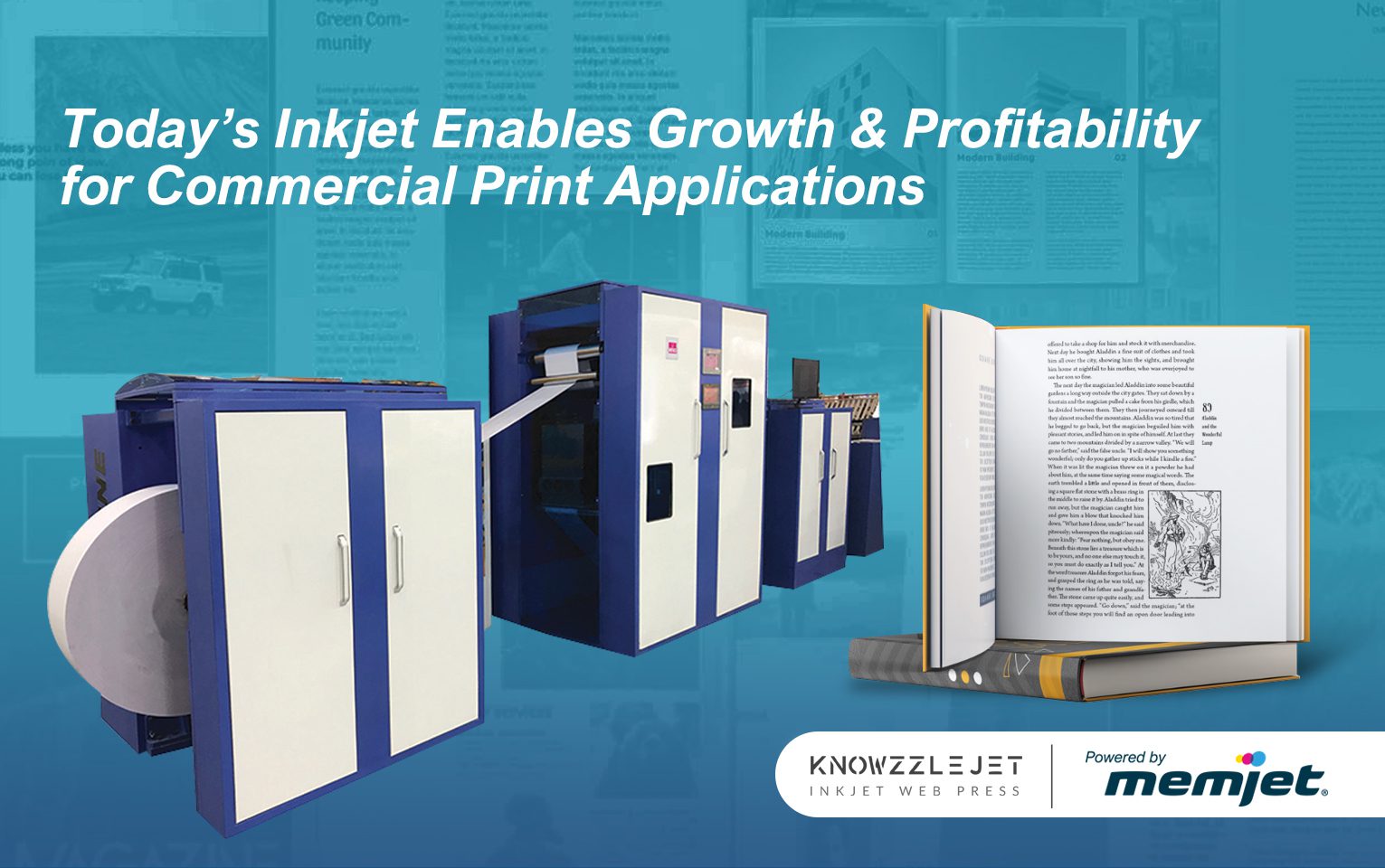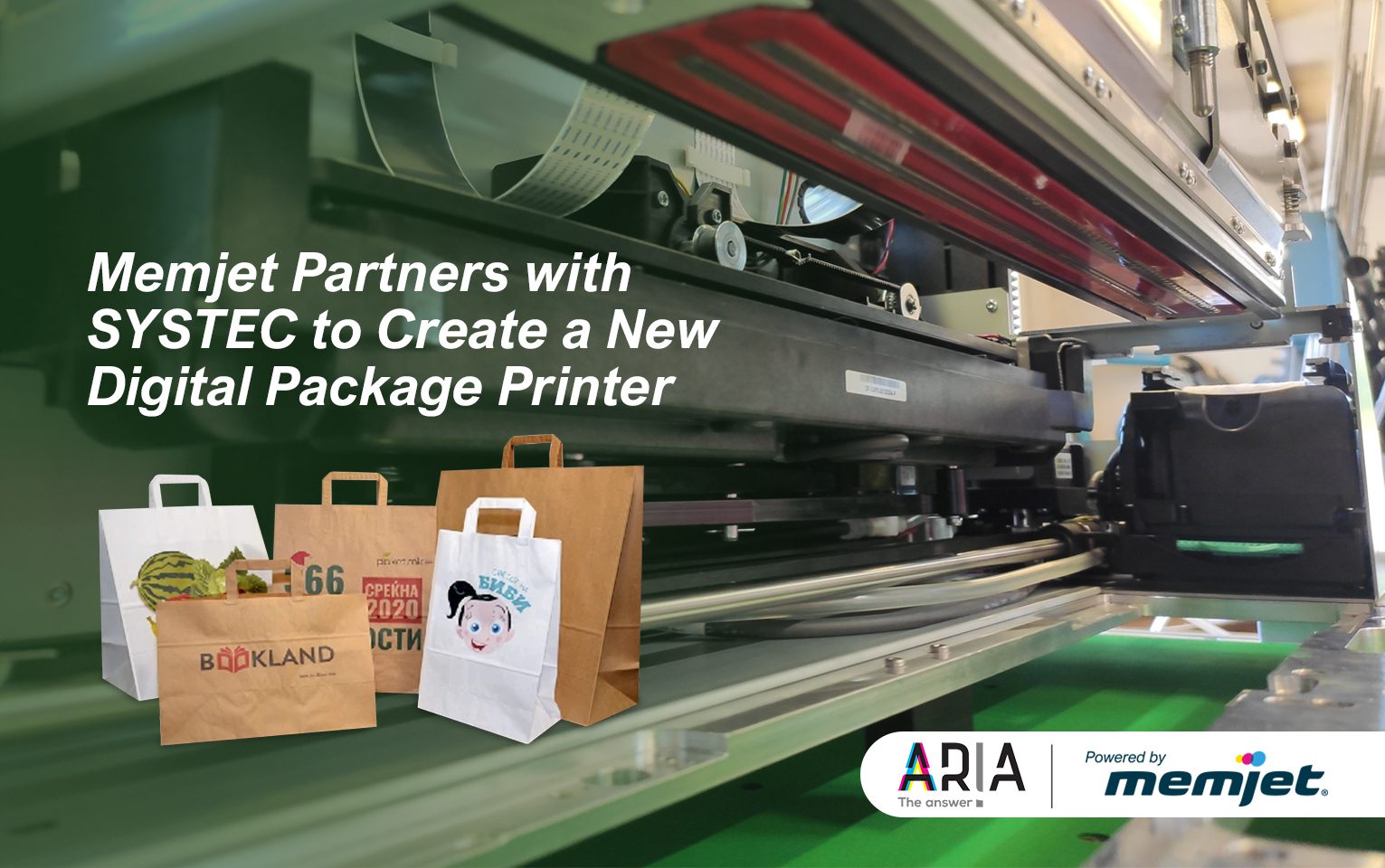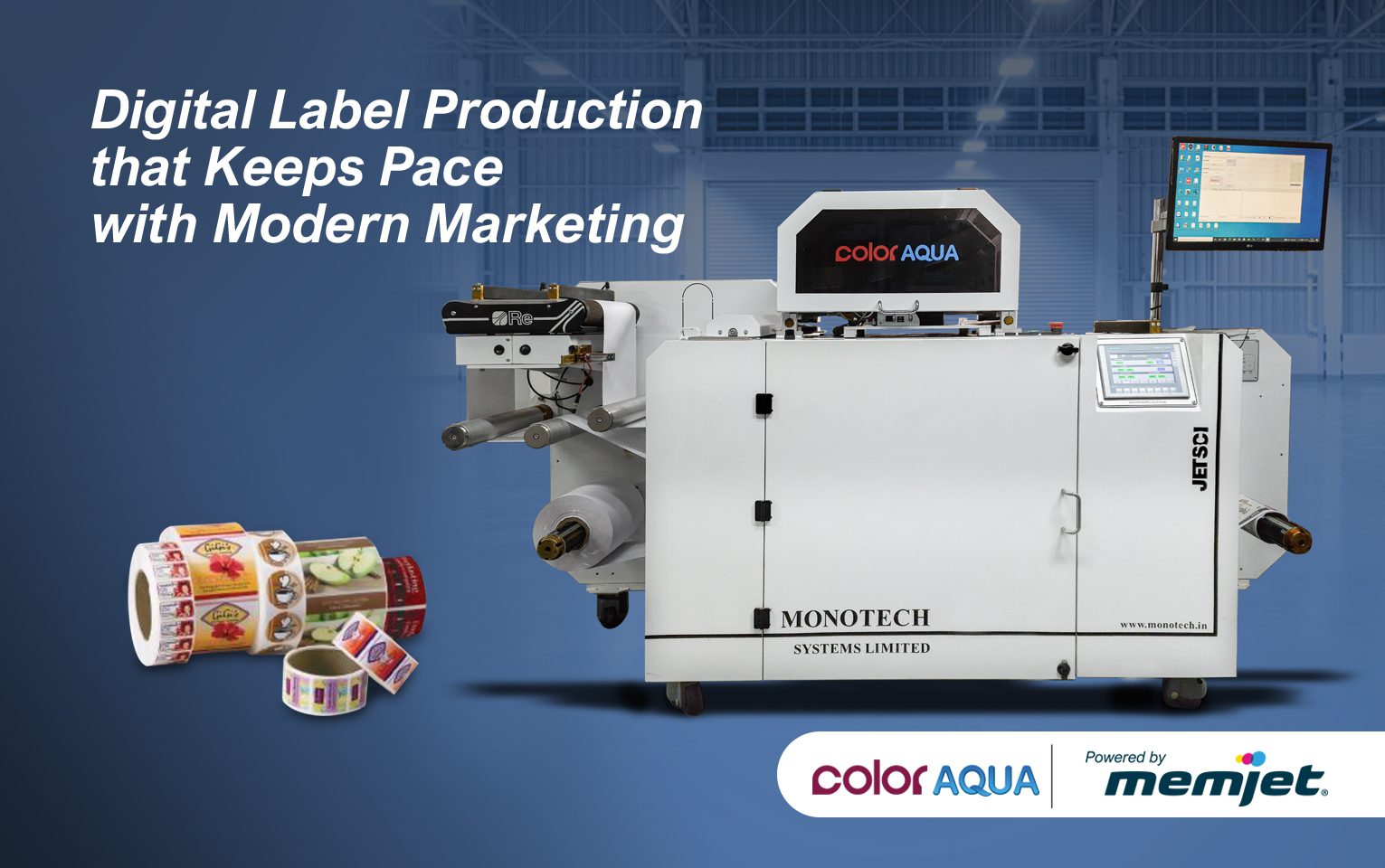By: Marc Johnson, Director Global Product Management at Memjet
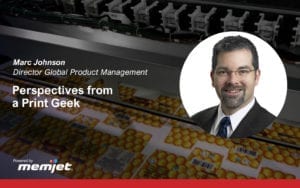
Memjet has published numerous blog posts on the critical topics printers need to consider when moving to inkjet.
We talked about how the elements of Memjet’s inkjet printing system work in harmony – like a symphony – to deliver beautiful precision. Our guest blogger Elizabeth Gooding of Inkjet Insight discussed the “Dance of the Drops,” exploring how resolution contributes to print quality. And we’ve helped printers understand the total cost of print or TCOP in a successful inkjet implementation.
These posts provide important information on what and why commercial printers, converters, and package printers should consider when thinking about moving into the world of inkjet printing.
I would like to add another dimension to your thinking about inkjet – a deeper, geekier, and awe-inspiring look into how it all comes together. To be honest, the groundbreaking and innovative technology behind DuraLink and DuraFlex powered printing systems is one of the reasons I am so excited about where Memjet is leading the industry. I hope to share some of that excitement with you!
The Compression of Time
To appreciate how cool this technology is, let’s think about the history of printing for a moment.
While humans have been printing for centuries in black and white, and in color for just a little over 200 years, there have been but a handful of technologies used to create that printing: letterpress, intaglio/rotogravure, flexographic, lithographic offset, and in just the last 30 years, digital technologies (both on their own as primary printing and as secondary printing in a “hybrid” process).
The amount of change that has happened since I began in this industry is mind-blowing. We have seen entire categories of companies made redundant and incorporated into what we today know as a commercial printer or packaging convertor. What was once done by stand-alone typesetters, color separators, and pre-press (or pre-media) companies are now an integrated part of the actual printer/convertor’s process or in many cases, pushed forward to the designers.
Think about the history of digital printing, which as we know it today, started with “Desktop Publishing.” Desktop publishing gave designers the ability to create full-page layouts, perform their own typesetting, and, as technology became ever faster and grander, their own photographic work. The entire process of getting from “idea” to final printed product has compressed from months, to weeks, to days!
High-quality, “offset-like” digital printing builds on the concept of compressing time. Today, we are coming to the peak of efficiency: being able to produce consistent, sellable, highly customized print – exactly when and where it’s needed.
As the entire world wants to print better, faster, and more economically, the printing industry has collectively looked to inkjet as the digital printing technology of choice.
That’s because inkjet can print at production speeds (and widths) like offset presses, yet still maintain the precise control needed to deliver the required quality while printing each page uniquely.
With inkjet, printers no longer have to worry about printing plates. The thoughts of “minimum run lengths,” overruns, and warehousing preprinted shells (or even final printed pieces) are now history. Brands and designers can unleash their creativity to create regionalized campaigns and products, all the way to personalized 1:1 creations.
Fine Details Create Greater Quality
So, what does Memjet have to do with all of this? It is all about a simple, small, amazing drop of ink.
Our VP of Ink and Materials John Ortiz talked about the critical nature of ink. How that ink gets from tank to paper is also critically important, and where a lot of the magic happens.
Memjet created something unique with our printing technology; the smallest drop of ink that can be ejected out of a production class print head. With VersaPass, that’s a 1.1 picoliter drop and with DuraLink and DuraFlex, it’s a 2.1 picoliter drop.
These tiny droplets are imaged at 1/1,600th of an inch across the printhead – that’s about 16 microns, or about 1/3 of the thickness of a human hair. By using these tiny droplets on a super-fine grid, Memjet systems can print the most precise line art and type – all the way down to 0.4 point type, which you need a microscope to see.
In the same way we image incredibly fine details in a single color, by mixing four or seven colors with that same level of precision we can create photographic-quality images and printed output that rivals high-end commercial offset at 300 lines per inch.
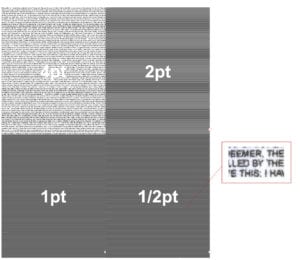
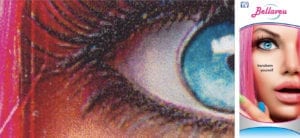
Left: Full page Memjet sample printed at 1600x1585dpi showing type at various sizes from half-point to four point. Exploded section shows half-point type under 50x magnification!
Right: A folding carton package with an exploded section at 20x magnification showing extremely fine details and stochastic screening.
But how do we do that? DuraLink and DuraFlex powered print heads use Memjet’s proprietary MEMS thermal technology. These printheads are created from 11 MEMS silicon dies, made in the same way that CPU chips are made.
The dies are formed with robust inkjet chambers with heaters and nozzles that are just 25 x 52 microns and incorporate supporting electronics and ink channels in a super-dense chip. The actual printhead is precisely assembled with robotics into a printhead – for DuraLink, that printhead contains 11 chips and is 222.8mm/8.77” wide with 70,400 nozzles for a single color, and for DuraFlex A3, it contains 32 chips and is 324mm/12.77” with 163,840 nozzles for four colors.

Left: A DuraLink print head with an exploded section showing 5 rows of nozzles at 1600 dpi.
Right: One section of a DuraFlex fully automated robotic assembly system.
Why so many nozzles? By having five rows of redundant nozzles for DuraLink, and two rows for DuraFlex, an intelligent imaging algorithm randomizes nozzle firing for a specific spot, ensuring that if any nozzles are not firing, the resulting print will not show defects.
The maintenance module that is part of the printing system will perform clean-up and in many cases resolve any issues before they become problems that cause unplanned downtime.
These printheads have been designed to live a long, productive life. When a Memjet DuraLink printhead has reached the end of its expected life, DuraLink nozzles will have fired 1 billion times (typically 50 liters of ink) and DuraLink XL nozzles will have fired 4 billion times (typically about 200 liters of ink) through a single printhead. At that point, the printhead is replaced in a simple, quick, planned maintenance by the end-user in just a few minutes.
We’re Just Getting Started
That’s the story of how ink becomes dots on a page. But really, we are just getting started. There are so many other ingenious things that happen along the way, and you can be sure we will be covering them on the Memjet blog, on webinars, and, hopefully soon, at events.
In the meantime, you can find videos on our website showing not only this amazing process taking place, but the stories of people who have implemented complete systems based on our technology.
If you are interested in learning more, please reach out. Every Memjetter I work with is passionate about our technology and would be thrilled to help you discover how a Powered by Memjet device can work for your specific application!
Explore Memjet and find out how our precise printing technology enables you to create beautiful print.
Connect with us on LinkedIn.

